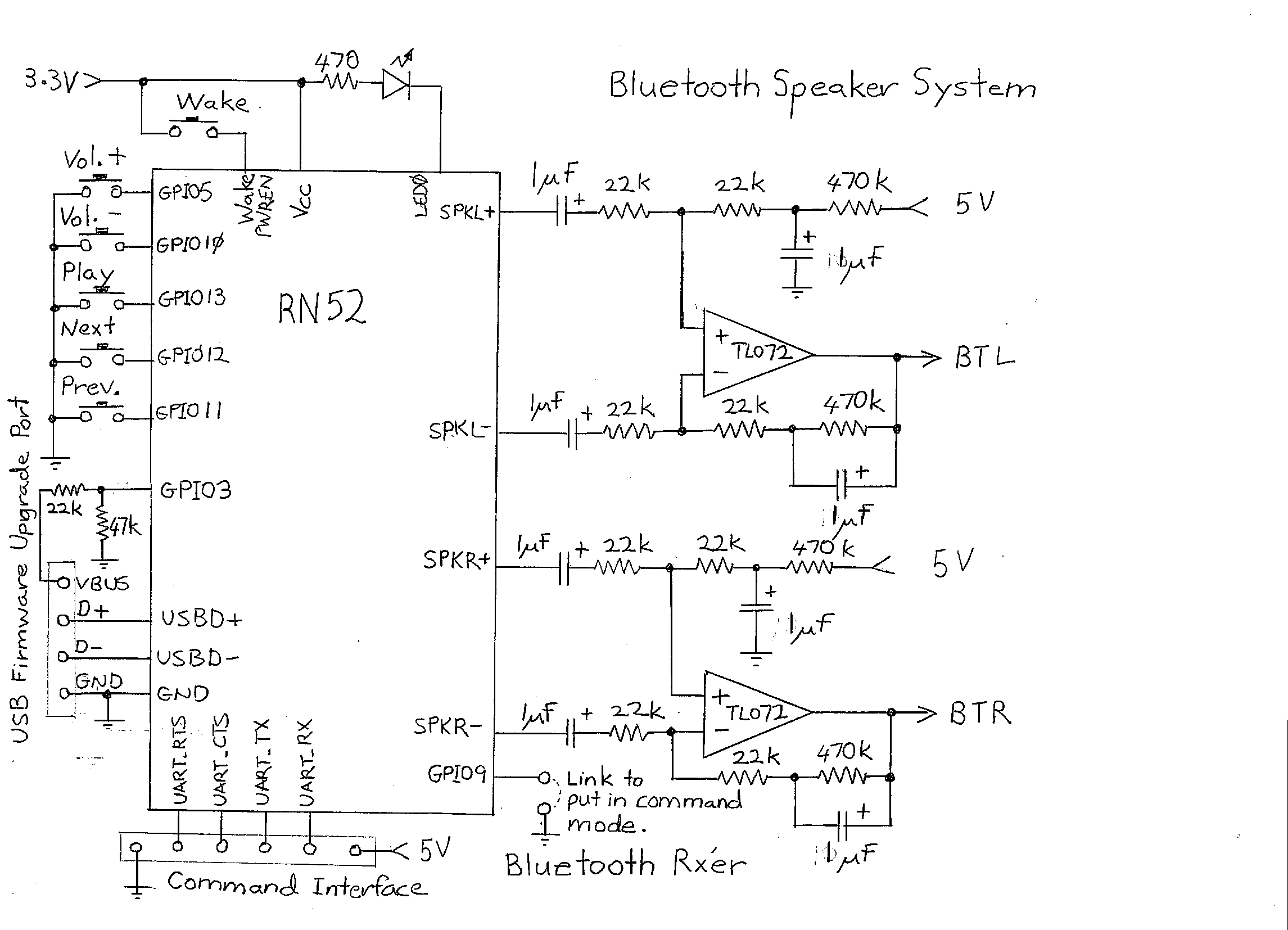Har Bal Download Free
Contributed By Many have asked, so let me answer here and now.with a little guidance from my buddy Earle at Har-Bal. Many, many times in the forum people have asked me exactly why I am so amped up on Har-Bal. I answer in the typical short and to the point answers that are most effective in a forum setting. I decided to write a tutorial that will give you a better look at Har-Bal and in doing so, hopefully explain exactly why I sing it's praises like I do. Why is Har-Bal Needed? ' is an acronym (sort of) for 'Harmonic Balancing'.

KVR Forum Topic: 'Har-Bal V3 released - Mac and PC' - For any of you Har-Bal fans out there V3 was released on the 26th of Dec 2011. Previous users up.

Harmonic balancing is one of the main jobs of a mastering engineer. A recording that is harmonically balanced incorrectly makes that recording sound different from speaker to speaker and room to room. It is this problem that is often fixed by ear. Burning a CD of your music, listening to it on your PC, in your car on the way to work, in your home stereo, etc. Fixing problems as you find them. Ultimately the root cause of all these problems is an improperly balanced equalization of your final mix. Is essentially an equalizer unlike any typical EQ you are used to seeing.
When you open a file it analyzes the audio and displays the spectral content in a visual format that allows you to easily understand where the problems in the audio lies. I opened an audio file and it was analyzed by and displayed as shown in the image below: After analyzing the file, displays the frequency spectrum of the audio in three different 'power bands': • Yellow band - peak power spectrum • Red band - the mean of the peak and average bands • Green band - is the average EQ spectrum You will notice that I have a significant drop at a few frequencies, one of which is around 400Hz, another at about 1.7Khz and the other is way up around 10kHz.
These rogue resonances could be problem areas if you are playing your audio through speaker systems that either happen to have enhanced or diminished response at those frequencies, or if they happened to be crossed over at those frequencies. What allows the engineer to do is take these peaks and valleys of the EQ spectrum and raise or lower them to smooth out the spectrum so little nuances between speaker systems will be minimized. Asura Kannada Songs Free Download.
This is, my friends, what the fine art of harmonic balancing is all about. How Do I Do It? Download Gramatica William Cerejas. Before getting in to the concepts of the application and how it all works, lets get to now the epicenter of the app, the toolbar: From left to right, the buttons are as follows: • Open - used to open the audio file you wish to work with. • Print - uuuhhhh, it prints.the graph • Create New Filter - Allows the user to create a new EQ filter. • Open EQ Filter - Allows the user to open a previously saved EQ filter to use as a guide for the audio being worked on. • Save EQ Filter - Use this button to save the current EQ filter for later use on other files. • Open Reference Track - Use this to open a reference file.
• Close Reference Track - Use this to close a reference file • Swap - Use this to swap a playable reference with the current track. Dymo Letra 109 Manual Woodworkers here. • Undo - Undoes the latest edit. • Redo - Redoes the last undone edit. • Stop - Stops playback • Play - Starts playback • Record - Records the track to a new file with the EQ filter applied. • Loop - loops playback to listen to the same section repeatedly. • Filter Toggle - Toggle the playback sound between filtered and unfiltered.
• Reference Toggle - Toggle the reference just the same • Default Cursor Select - does nothing really.just changes the cursor back to it's default state. • Zoom In - The Zoom In command allows you to zoom in on a specific feature in the spectrum display. • Zoom Out - The Zoom Out command allows you to Zoom Out of a specific region in the spectrum display. • Pan Cursor Select - The Pan command allows you to pan the spectrum display in any direction. • Parametric EQ Cursor Select - The typical cursor which I spend most of my time with that just the basic EQing of raising valleys and lowering peaks in the spectrum. • Low Shelving Cursor Select - Use the low shelving cursor to introduce a low shelf boost or cut at a given corner frequency with a given slope. • High Shelving Cursor Select - Use the high shelving cursor to introduce a high shelf boost or cut at a given corner frequency with a given slope.